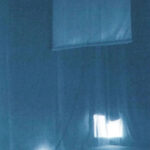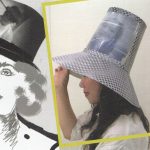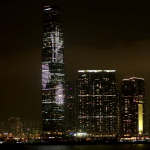“Encased” by Sala Wong
Title:
Artist(s) and People Involved:
Exhibiting Artist(s):
-
Sala Wong
-
- Indiana State University
Symposium:
Venue(s):
Artist Statement:
The human body functions within a set of parameters that reside very much within a closed circuit. In this circuit, the brain receives stimulation such as touch and smell from nerves throughout the body, which acts as an intermediate agent between the outside world and the mind. The brain relies on the perception of tangible materials and/or occurrences in the outside environment to generate appropriate reactions. Such a relationship between the mind and body faces a huge challenge with the introduction of mechanical inventions into human life and art practice. The emergence of digital and imaging arts has challenged us with the diminishing of physical sensations in art. The real world is solid; the virtual one is void. It seems that virtual reality falls into no category; i t is neither three dimensional nor two dimensional. Our bodies are extended to places where they have never been before. The passage of process from the mind, to the body, to the finished artwork is distanced and segmented by the intervention of modern technology.
In Encased, various levels of technology merge together, creating a series of reflexive events through light, shadow and touch. The use of live-feed video through a tiny wireless camera allows for a seamless closure to the feedback loop which is set up between the participant, the animation, the light, the video and the environment as a whole. By using real-time compositing through the Macintosh computer and the Imageline software, the aesthetic of the video matches that of the line-drawn animation and the shadows on the wall. The intentional simplicity of the hand drawn animation matches the high-contrast visuals of the composited video and also the shadows cast by participants onto the walls. Overall, the use of a variety of technologies ranging from physical manipulation of light to real-time video compositing has the effect of creating a spectrum of visual experiences and physical interactions. Through their aesthetic similarity, these visual elements create an environment that blurs the boundaries between virtual and real.
Other Information:
Special thanks to Franc Nunoo-Quarcoo, Ellen Handler-Spitz, Chung Sum, Teri Rueb, Lisa Moren, Timothy Nohe and Jon Routson.








